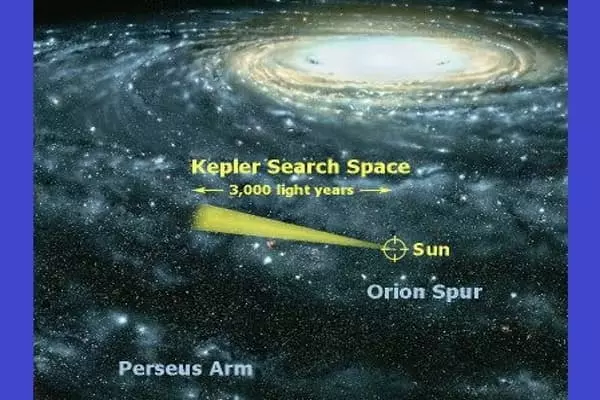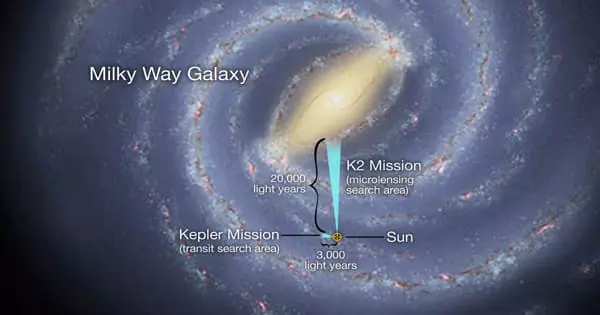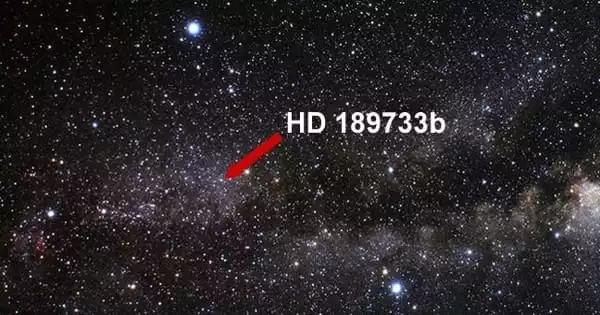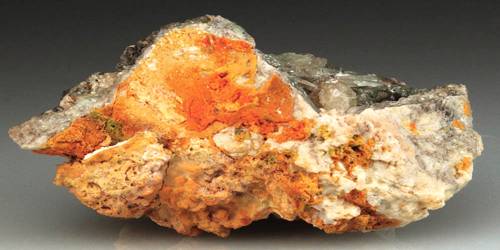Kepler-442 is a K-type main-sequence star in the constellation Lyra, located approximately 1,206 light-years from Earth. It is not part of the Lyra constellation outline, but it is within its boundaries. It is within the field of view of NASA’s Kepler spacecraft, which was used to detect planets that may be transiting their stars as part of the Kepler Mission. The star cannot be seen with the naked eye and must be viewed through a telescope.
On January 6, 2015, it was announced that the star, along with the notable stars Kepler-438 and Kepler-440, has an extrasolar planet (a super-Earth) orbiting within the habitable zone, named Kepler-442b. It is estimated to be 2.900 billion years old. ExoPlanet provided this information.
Nomenclature and history
Kepler-442 had the 2MASS catalog number 2MASS J19012797+3916482 prior to Kepler’s observation. It is designated as KIC 4138008 in the Kepler Input Catalog, and when transiting planet candidates were discovered, it was assigned the Kepler object of interest number KOI-4742.
NASA’s Kepler Mission, which is tasked with discovering planets in transit around their stars, detected planetary candidates around the star. Kepler’s transit method involves detecting brightness dips in stars. These brightness dips can be attributed to planets whose orbits pass in front of their stars from Earth’s perspective, though other phenomena may also be to blame, which is why the term “planetary candidate” is used.

Following the publication of the discovery paper, the Kepler team designated the system as “Kepler-442.” The star was named Kepler-442 by the discoverers, as is the standard procedure for naming the exoplanets discovered by the spacecraft. As a result, the public refers to the star and its planet by this name.
Candidate planets associated with stars studied by the Kepler Mission are designated “.01” and so on after the star’s name, in the order of discovery. If multiple planet candidates are discovered at the same time, the order is determined by the order of orbital periods from shortest to longest. Following these rules, only one candidate planet with an orbital period of 112.3053 days was discovered.
Stellar characteristics
Kepler-442 is a K-type main-sequence star with 61 percent the mass and 60 percent the radius of the Sun. It has a temperature of 4402 K and is about 2.9 billion years old, but there is a large margin of error here. The Sun, on the other hand, is approximately 4.6 billion years old and has a temperature of 5778 K.
With a metallicity ([Fe/H]) of about –0.37 or about 43 percent of the amount of iron and other heavier metals found in the Sun, the star is somewhat deficient in metals. The star’s luminosity is a little low for a star like Kepler-442, with a luminosity of about 12% of that of the Sun.
442 Kepler Radius has been calculated to be 0.60 times that of the Sun. The radius of the Sun is 695,800km, so the radius of the star is estimated to be 416,088.40km. The apparent magnitude of the star, or how bright it appears to us from Earth, is 14.976. As a result, it is too dim to see with the naked eye.
















